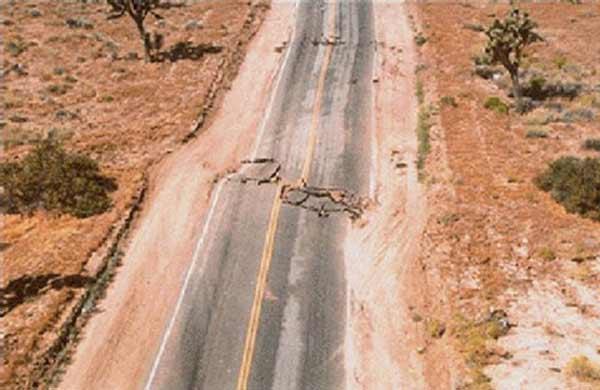How Are Earthquakes Measured?

The familiar Richter scale (which is not a physical device but rather a mathematical formula) is no longer widely used by scientists or the media to report an earthquake's size.
Today, an earthquake's size is typically reported simply by its magnitude, which is a measure of the size of the earthquake's source, where the ground began shaking.
While there are many modern scales used to calculate the magnitude, the most common is the moment magnitude, which allows for more precise measurements of large earthquakes than the Richter scale.
In the news, however, when an earthquake's magnitude is given , the scale used to calculate the magnitude is not usually specified since the modern scales are all very similar.
A network of geological monitoring stations, each with instruments that measure how much the ground shakes over time called seismographs allow scientists to calculate an earthquake's time, location and magnitude.
Seismographs record a zigzag trace that shows how the ground shakes beneath the instrument. Sensitive seismographs, which greatly magnify these ground motions, can detect strong earthquakes from sources anywhere in the world.
From these measurements, a quake's magnitude is usually reported as, for example, a magnitude-7.0 in the case of the earthquake that struck Haiti on Jan. 12.
Sign up for the Live Science daily newsletter now
Get the world’s most fascinating discoveries delivered straight to your inbox.
Based on their magnitude, quakes are assigned to a class, according to the U.S. Geological Survey. An increase in one number, say from 5.5 to 6.5, means that a quake's magnitude is 10 times as great. The classes are as follows:
After an earthquake strikes, its magnitude is continuously revised as time passes and more stations report their seismic readings. Several days can pass before a final number is agreed upon.
Brett Israel is a staff writer for OurAmazingPlanet, a sister site to Life's Little Mysteries.
Got a question? Email it to Life's Little Mysteries and we'll try to answer it. Due to the volume of questions, we unfortunately can't reply individually, but we will publish answers to the most intriguing questions, so check back soon.










